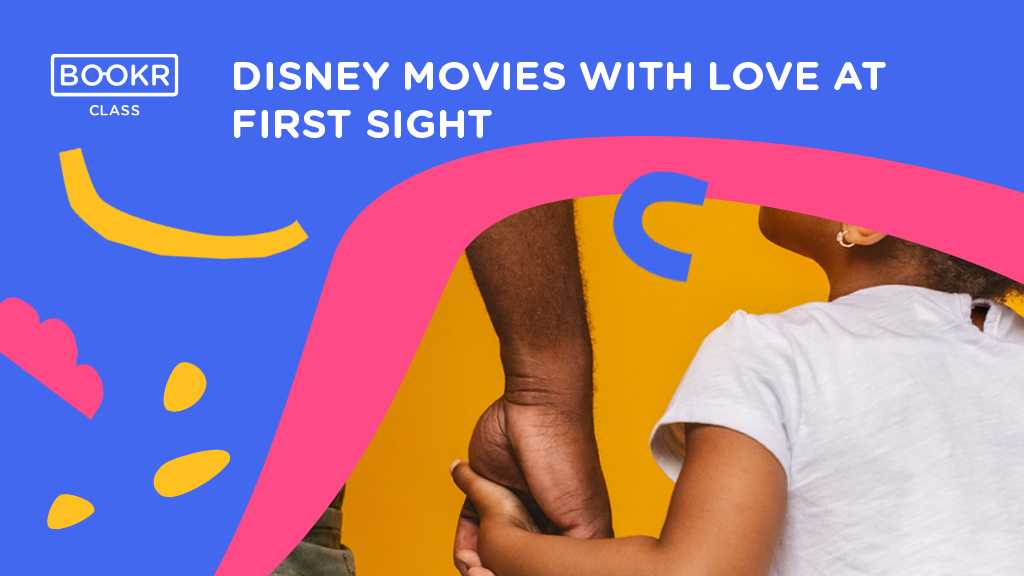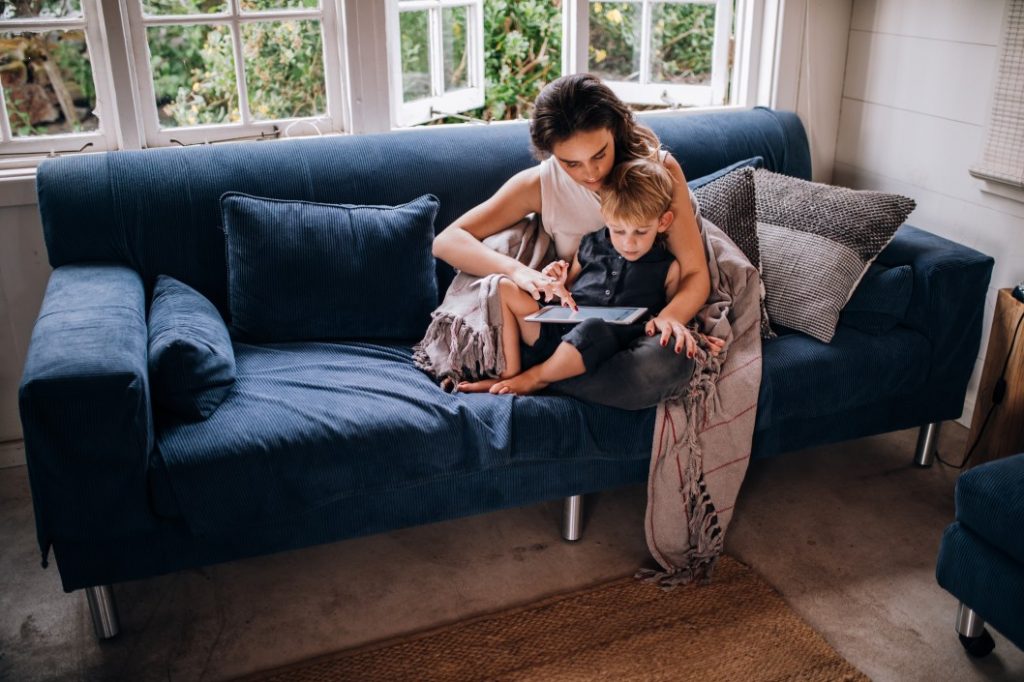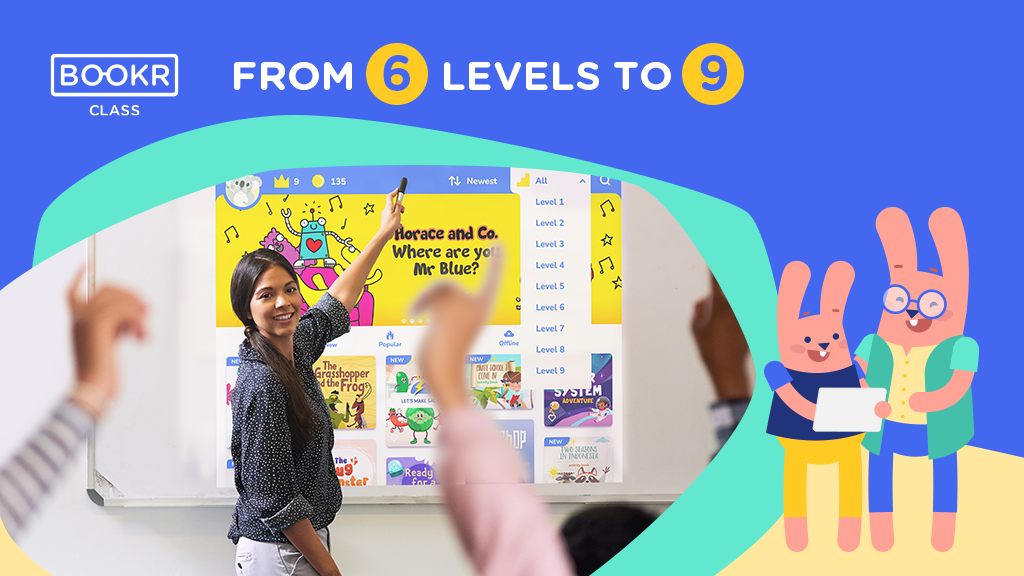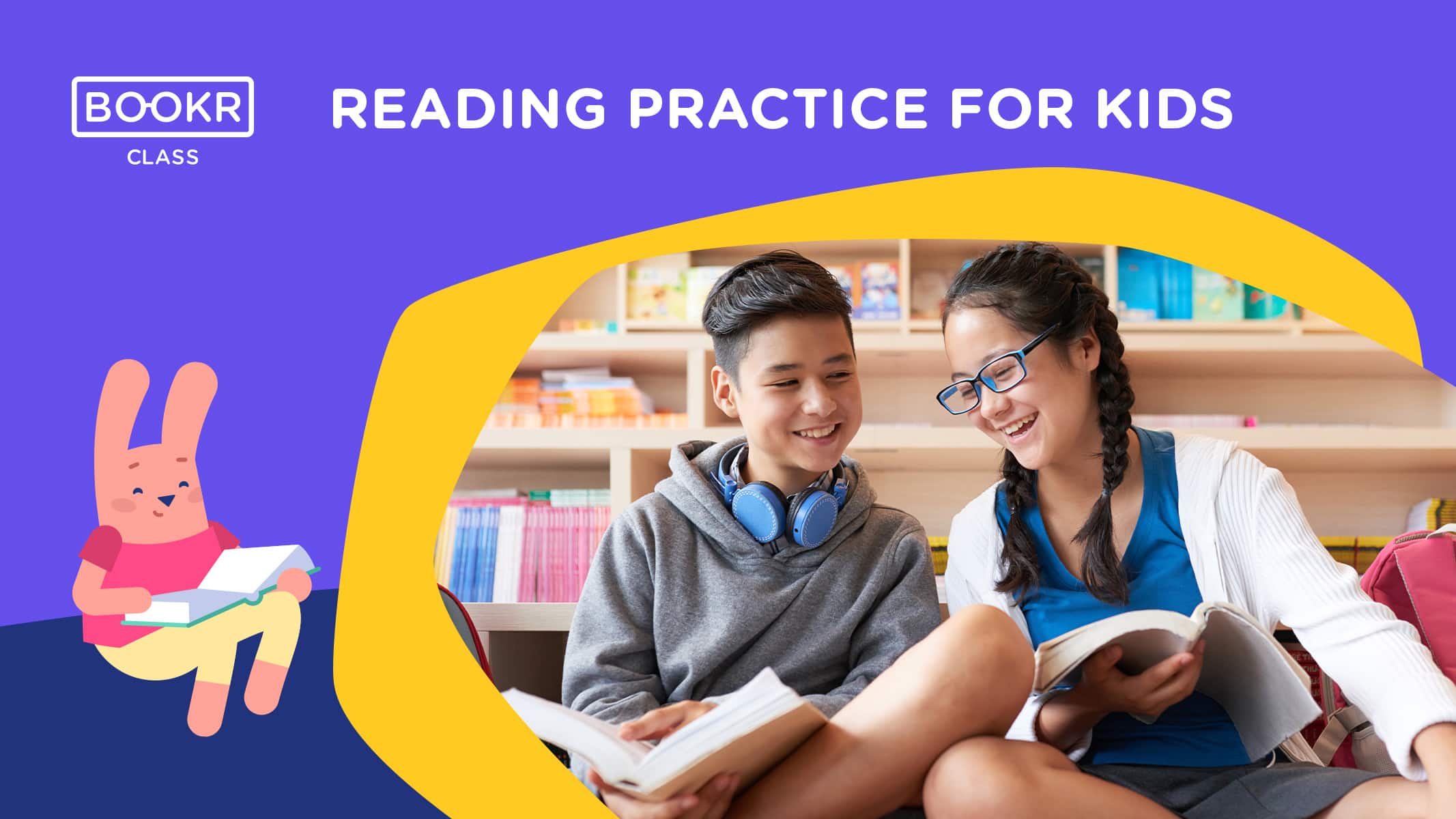Disney Movies With Love At First Sight – What’s The Problem With Them?
The period between these two much-debated holidays, Valentine’s Day and International Women’s Day is the perfect time to discuss and reflect on childhood love and the perception kids have of love, as well as male and female roles and expectations. Column by Luca Frankó, psychologist.

Table of content
What do Snow White and Elza teach us about love?
Even though children’s literature covers many different topics, many of the mostly American cartoons made for kids tell practically the same love story. A story that is usually far from reality and less and less relatable today.
There was widespread press coverage on actress Keira Knightley’s recent comments about how certain cartoons about princesses were banned in her house. This includes classics like Cinderella, which she says
teaches girls that all they have to do is wait for Prince Charming to come and sweep them off their feet, or The Little Mermaid who sacrifices her own voice for the man she loves.
Many pros and cons have been raised regarding Knightley’s comments. Though many claimed her statement was over the top, many others expressed their agreement.

It’s true that female characters in today’s cartoons like Frozen are portrayed to be somewhat more complex than they were in the classics of the 60’s and 70’s and that their depiction of love is also generally more nuanced, yet the basic conditions and storylines of the Disneyverse still follow a similar pattern.
The “danger” lies in the fact that these outdated, one-dimensional stories have a major effect on children’s view of relationships.
Should parents boycott Disney princesses entirely?
I believe that the truth lies somewhere in between.
Children are in the stage of learning about the world and human connections. In this regard, every story they encounter (be it fact or fiction) will have a big impact on how they perceive gender roles for example, or human relationships.
A high dose of cartoon romance can pose a risk only when it is left unexplained.
It’s no mistake that certain films are given the “parental guidance is recommended” rating. Of course, this rating isn’t generally given due to the potential effect the depicted relationships will have on them, but it could be!
It’s important that as parents, we personally review and comprehend the content consumed by our children in order to compare them with real-life experiences, because it’s quite obvious that children don’t only “learn” about positive feelings, relationships and love from cartoons, but also from their family and peers who surround them.
What is love?
If we ask a 3-year-old what the word love means to them, they’ll usually give us a very clear answer, such as “mom” or “Peter from school” or “my puppy”. In comparison, a 5-year-old will generally have a much more abstract view on what love is, often associating it with specific behavior, such as “helping others” or “giving someone a kiss”. That’s because a child’s cognition and emotional intelligence mature a lot in those two years.
The increase of human contact and brain development allow them to retain more complex memories, which has an effect on their view of the world.
Therefore, it’s important to have extensive discussions about both the cartoons they watch and the events they experience daily, and to consciously connect the dots between certain behaviors (e.g. a hug) and the emotions they experience (e.g. joy). This method of learning through experience plays a major role in solidifying the positive emotions in our childhood memories. In turn, this not only strengthens the bond between parent and child, but sets an example for future relationships in adulthood.
Another big plus is that talking about emotions helps develop language skills, too!
Is first love true love?
What children see around them and the stories they encounter are important, even when it comes to love. This raises questions about when they might first experience these feelings themselves. Upon hearing the term “first love”, many of us in our thirties may think of the 90’s classic film My girl, which is a wonderful depiction of two young teenagers’ heartbreakingly bittersweet love story.
However, according to most people and experts alike, first love usually begins in kindergarten.

Freud’s theory of psychosexual development also states that from age 4 on, boys and girls develop differently, and both groups start to show an increasing interest in each other. For many people, this is also when love first comes knocking – of course targets may vary from an opposite-sex parent to a teacher or a classmate.
Sometimes, a special bond is formed between two children, even upon first sight, which lasts for years and years. In most cases, however, kindergarten love lasts just a few weeks or months. This doesn’t mean they shouldn’t be taken seriously, as these feelings play just as big a role in a child’s current reality than they would for any teenager or adult.
Sparks may start to fly when kids play games like catch together or ones where they have to pair up. Later they may be inclined to kiss, hug, or hold each other’s hand, and sometimes they’ll even sneak off to somewhere prying teachers or parents won’t see them.
There’s no need to be alarmed or overreact to a situation like this, as it is perfectly normal behavior.
When a child is in love for the first time, it’s important that we make them feel like they can tell us or ask us anything. If they sense that this topic makes their parents uncomfortable, or that it’s considered taboo, they will inevitably feel like they’re doing something wrong.
Instead of frantic snooping and sarcastic comments, we can make them feel safe enough to share their feelings by showing interest and openness and giving honest answers to their questions. We can even share our own kindergarten stories with them and perhaps find that our childish memories sound more like a fairytale than anything else.

About the author
Luca Frankó
Psychologist, family and couples therapist. She was a dotoral student at the Doctoral School of Psychology at Eötvös Loránd University. She works with couples, families and alos with business companies as a counselor. Her three year old daughter is in kindergarten.


